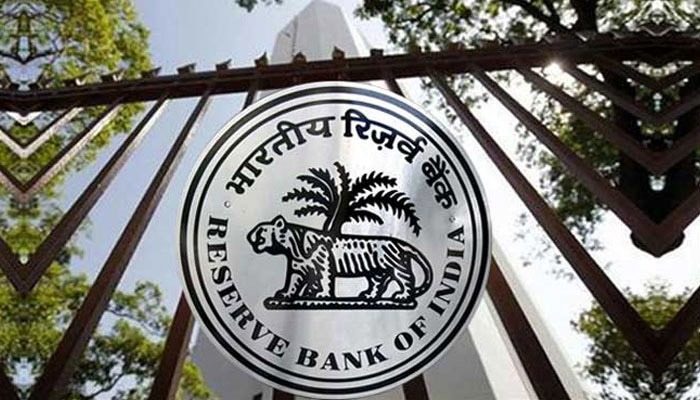The Reserve Bank of India has recently proposed that banks should link new floating lending rates (for personal loans, retail loans and small business loans) to any of the four external benchmarks from the beginning of next financial year (1 April 2019).
Everyone knows that fast-paced credit growth in banks (as opposed to that of deposits) exerts pressure on their funding. RBI, thanks to its holding rate policy, has managed to meet market expectations – loan rates will increase.
For this reason, lending rates have risen alarmingly in the last few weeks. Possible financial slippages and ambiguity about food price rises among other global aspects could be the reasons.
While the RBI has considerably brought down its inflation prediction (to 2.7-3.2% from 3.9-4.5%) in the second half of this financial year, it has maintained its standard rate tightening approach due to aforementioned risks, not to mention a rise in non-agri inflation.
But the central bank is authorizing banks to pin new floating retail loans to other benchmarks – like treasury bill of 91/182 days, RBI’s repo rate. This might lead to transmission growth in due course and prove beneficial to borrowers.
So, though RBI’s rate action will go through an extended pause, possible rise in rates hikes cannot be dismissed altogether in the coming months.
Credit deposit ratio was ranging from 76% to 78% from 2014 till the first quarter of 2016. This means that banks could arrange over Rs. 76-78 out of every Rs. 100 deposit as credit or loans. The remaining was stashed away in other investments like government bonds, treasury bills etc.
After demonetization in November 2016, deposit growth increased and credit growth dropped by 5-7% – making the credit deposit ratio 71-73%. Then in the subsequent months, the credit-deposit ratio has risen up to 76-77% levels. This suggests pressure on banks’ funding resources.
Banks, for this reason, have been escalating deposit rates to gain larger share of deposits. This, of course, led to a surge in lending rates to safeguard margins.





